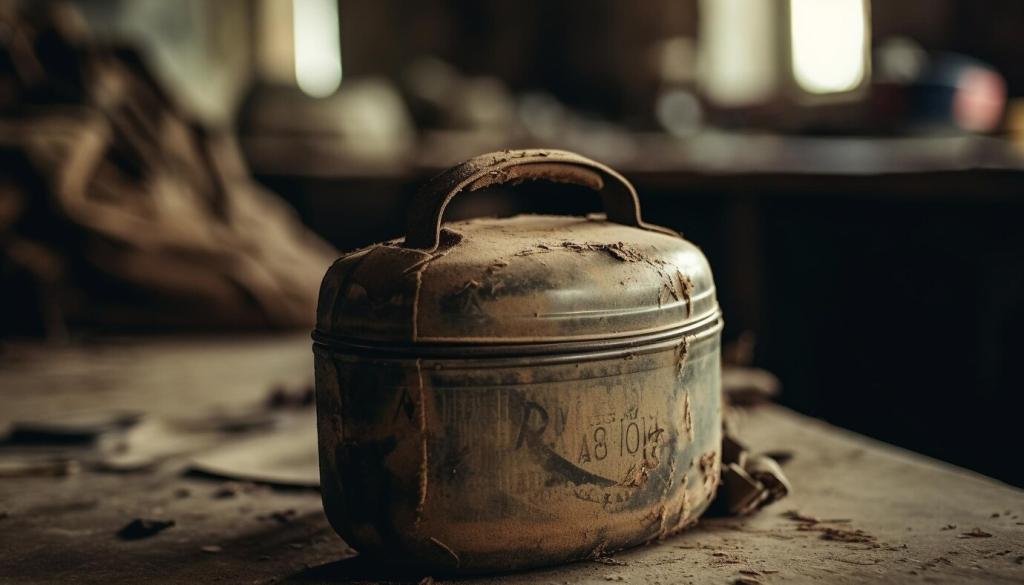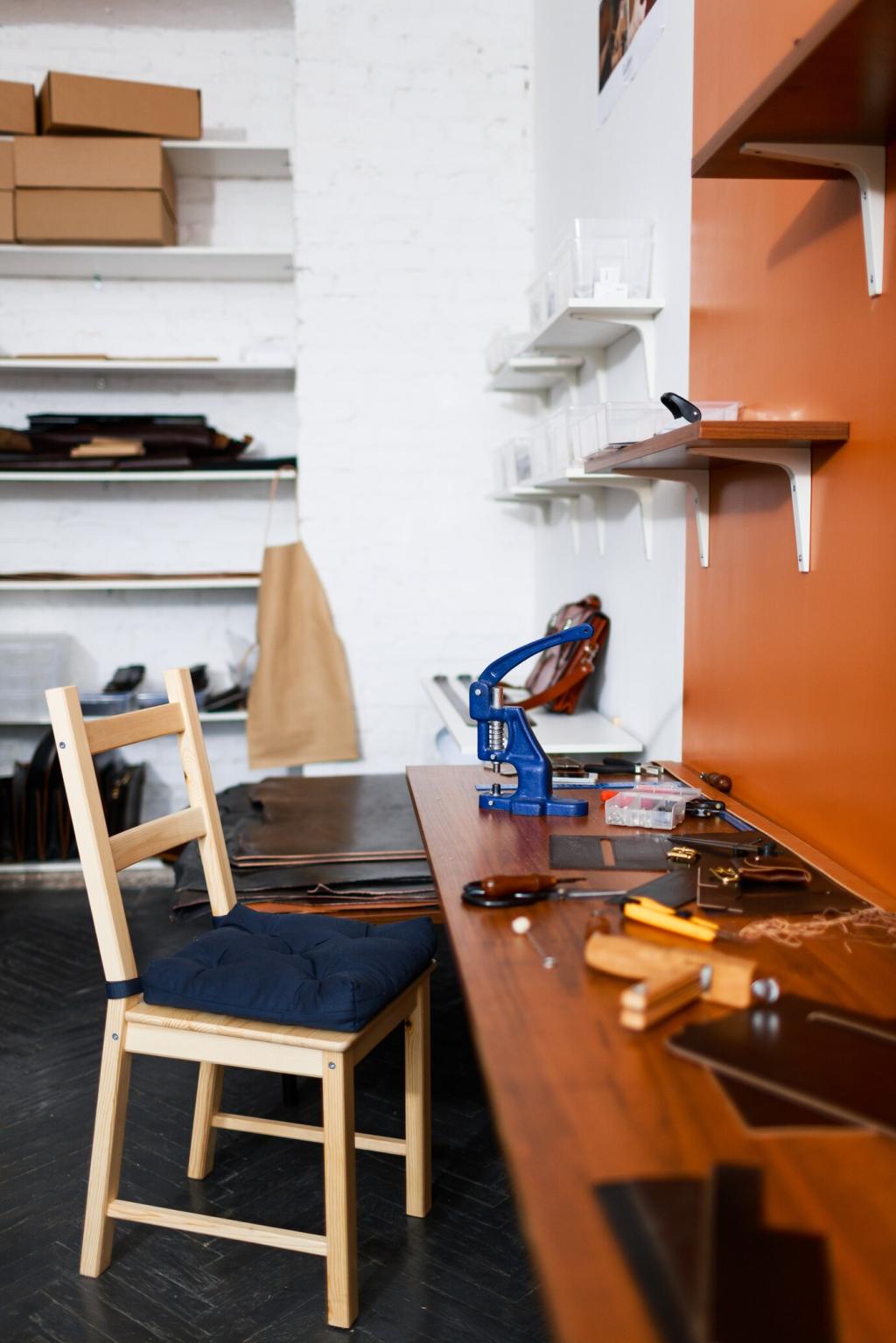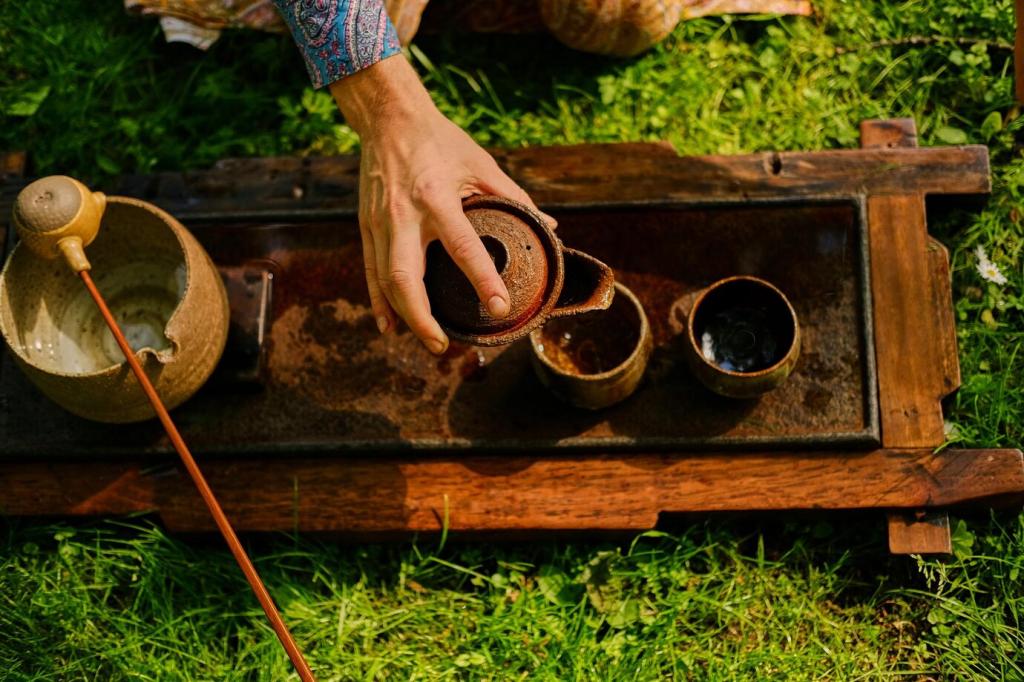Hands, History, and the Right Kit: Materials and Tools for Restoring Antiques
Chosen theme: Materials and Tools for Restoring Antiques. Step into a workshop where patience meets provenance. From hide glue to hand planes, discover the time‑tested materials, delicate techniques, and subtle tools that return dignity to cherished pieces. Share your own restoration stories, ask questions, and subscribe for future guides crafted for careful, reversible, and respectful work.

Understanding Traditional Materials

Hot hide glue remains the gold standard for antique furniture because it is strong, gap‑filling, and fully reversible with heat and moisture. Its warm set allows clamping finesse, and it bonds beautifully to itself for future repairs. Tell us: do you prefer pearls, granules, or liquid formulations for small, time‑sensitive fixes?
Sharpness as a Philosophy
A tuned block plane, keen chisels, and freshly burnished scrapers are safer and more predictable than any aggressive sander. Keep waterstones flat, strop often, and mark your bevels. Share your sharpening routine and favorite stones, and tell us how micro‑bevels change your confidence around fragile veneer edges.
Clamps, Cauls, and Controlled Pressure
Clamping is choreography, not brute force. Cork‑faced cauls spread pressure and protect patina, while band clamps hug awkward curves. Dry‑fit rehearsals prevent glue‑set panic. What’s your clamp arsenal—F‑styles, handscrews, or wedges—and how do you safeguard original finishes during high‑stakes overnight cures?
Card Scrapers: Gentle Abrasion, Honest Surfaces
Properly burnished scrapers kiss away finish drips, proud patches, and old wax without dish‑out or swirl marks. A slight hook, light flex, and clean edges are the secret. Do you prefer thicker scrapers for flat fields or super‑thin profiles for molding details? Share your burnisher and filing techniques.
Cleaning, Consolidation, and Surface Preparation
Testing Before Touching
Always spot‑test with cotton swabs, building from distilled water to mild soaps and then carefully chosen solvents. Work under raking light, label each swab, and log results. Small, methodical passes save regret. What’s your test sequence, and have you built a personal solubility chart for common finishes?
Lifting Grime Without Lifting History
A pH‑neutral cleaner and soft cloth often remove decades of smoke and wax without erasing the glow of age. Cotton buds and patience beat harsh scrubbing. Share how you control moisture wicking near end grain, and when you switch to mineral spirits for stubborn, oxidized wax layers.
Stabilizing Flaking Veneer and Checks
Inject warm hide glue with a fine syringe under lifted veneer, slip in waxed paper, and clamp softly with a shaped caul. For checks, wick in thin, reversible adhesive and color‑match fills later. Post your success stories with tricky corner lifts and the caul shapes that saved your day.
Wood Repairs and Veneer Craft
Cut mechanical joints with crisp shoulders, orient growth rings correctly, and plane patches to a whisper‑fit. A well‑placed Dutchman disappears under light leveling and sympathetic finish. Share your strategies for selecting donor wood, matching ray fleck, and recording every patch in a discreet provenance log.
Wood Repairs and Veneer Craft
The veneer hammer is really a squeegee. With hot hide glue and steady heat, you press, set, and re‑activate as needed. It is quiet, precise, and beautifully repairable later. Do you pre‑warm the substrate, and what iron settings prevent blushing while keeping everything safely plastic?
Wood Repairs and Veneer Craft
Shellac sticks, hard wax, and reversible putties accept dyes, pigments, and toners to blend micro‑repairs. Work in thin layers, sneak up on color, and evaluate under daylight. Show your before‑and‑after photos and share whether you glaze first or tint the fill for faster, cleaner matches.
Metal, Leather, and Mixed‑Media Details
Polish only what needs it, avoid cutting through original lacquer, and seal with microcrystalline wax for quiet luster. Use gentle abrasives and cotton buffs, not aggressive wheels. Share your test methods for confirming lacquer presence and the mild polishes you trust when patina must remain dignified.

